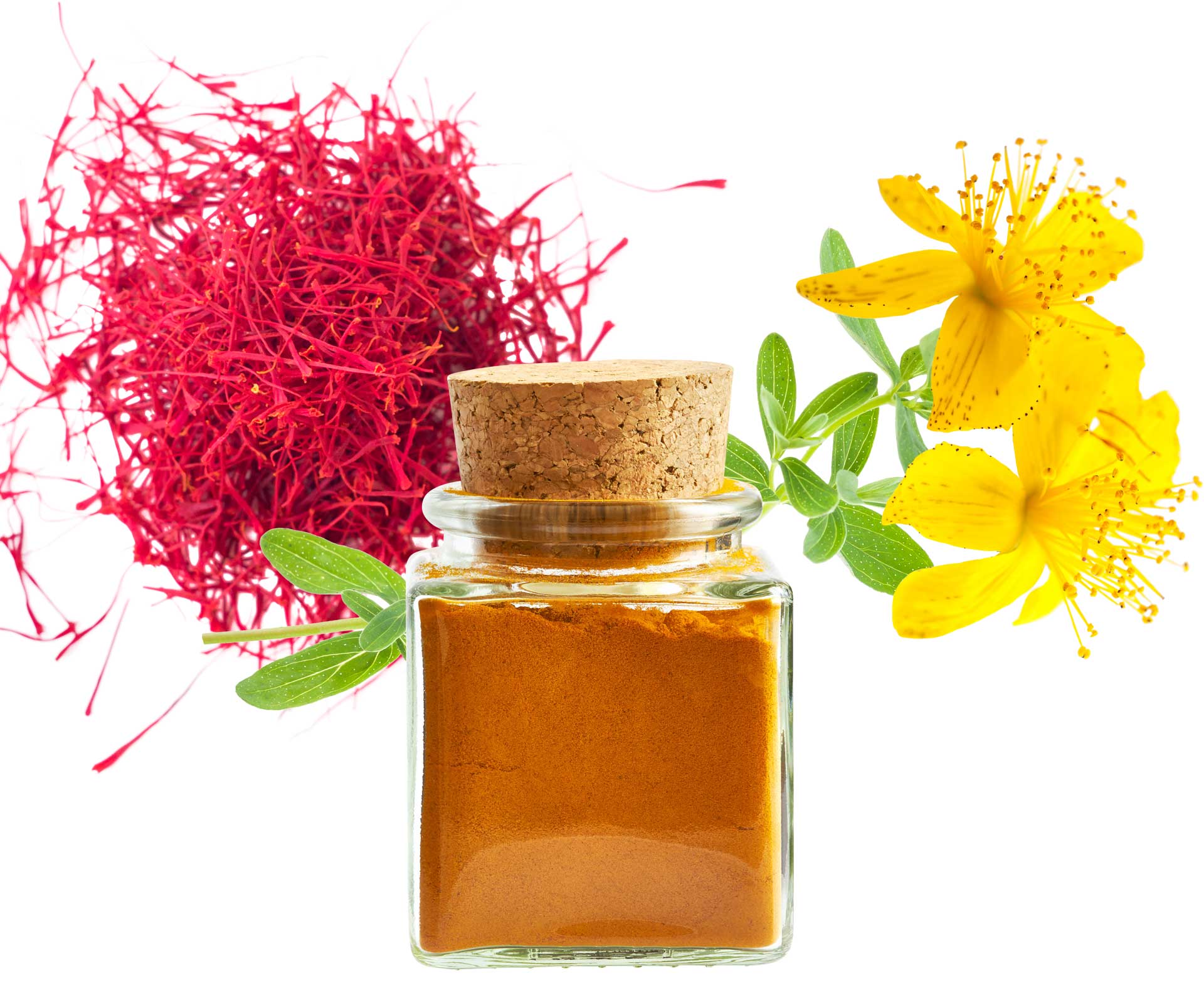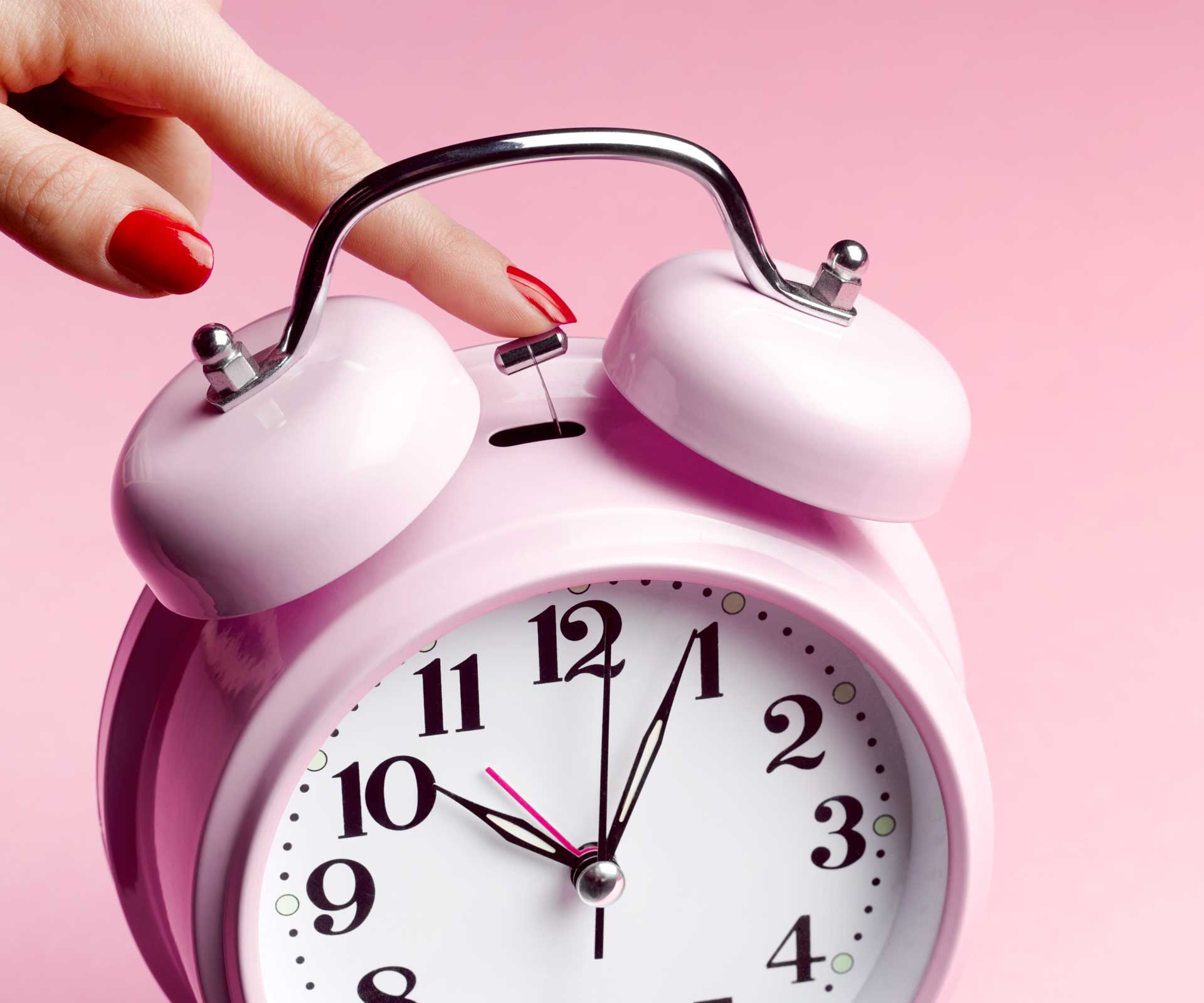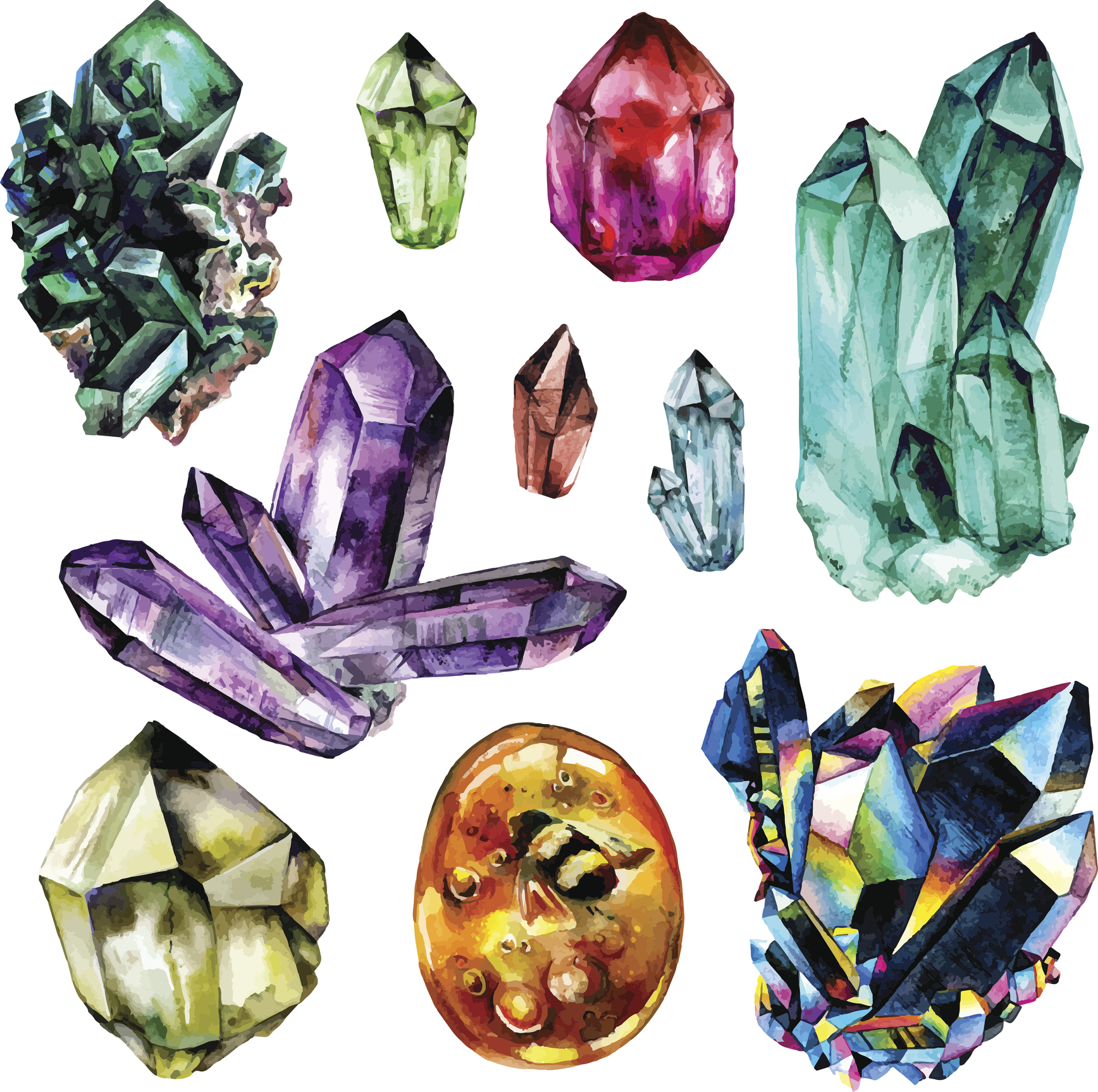Feeling a little low? It may be more than the dark nights and frosty mornings getting you down. Seasonal affective disorder, or SAD, can have a noticeable impact on your mood at this time of year, causing everything from irritability to foggy thinking.
Described by the Mental Health Foundation as a form of depression related to the change in season from summer to winter, symptoms of SAD can range from mild to severe.
As far as illnesses go, SAD is still largely unexplained. There are no official stats on how many Kiwis suffer from it each winter, and no specific test to diagnose it. The exact cause is also a mystery, but experts believe it could be triggered by a drop in sunlight hours.
This lack of warming rays can affect the body’s chemical balance, lead to vitamin D deficiency, and disrupt the natural ‘body clock’ which regulates sleep, mood and hormones.
Here, we talk to some experts about tips to send SAD packing. It’s important to note, however, that if an ongoing low mood is becoming a problem for you, the Mental Health Foundation recommends chatting to your GP.
Get a vitamin boost
Produced when ultraviolet rays hit the skin, the main way our bodies get vitamin D is through sun exposure. The vitamin is essential for a wide range of functions, including supporting the immune system, promoting bone growth and helping the absorption of calcium in the gut.
Low levels of vitamin D can also impact the production of dopamine and serotonin, two of the ‘happy hormones’ that affect our mood – and this is where the link with SAD comes in.
“It’s very likely that vitamin D is connected to SAD,” says Rosanne Sullivan, a naturopath at The Wellbeing Centre in Auckland. “You can get your vitamin D levels checked in a blood test, but it’s not funded in New Zealand. Vitamin D levels should optimally be around 100, whereas anything under 50 is considered low.”
She says taking a vitamin D supplement during the winter months will help to give your levels a boost, although if you’re suffering from a bad bout of the blues every winter, it may be linked to your genes.
“There is a possible link between SAD and a genetic polymorphism – or defect – in the body’s vitamin D receptor, which impacts on the way the body absorbs vitamin D,” Sullivan explains. “I can order gene testing for clients, which involves samples being sent to a lab overseas.”
Did you know…
While its vital to protect against sun damage, getting some safe summer rays can boost your reserves of vitamin D, which the body can store until it’s needed in winter.
Vitamin D is fat soluble, meaning the body can stockpile its supplies in the liver and fatty tissue, and some evidence suggests the reserves can last about eight weeks.
“In summer, you can get a way bigger dose of vitamin D from 15 minutes in the sun than you could ever get from a supplement,” says Sullivan.

Eat clean
“Diet is the foundation of everything,” says Sullivan. “Cutting down on sugars, refined starches, and following a low GI diet goes a long way to improving mood.”
Nutritionist and holistic health expert Ben Warren says organic foods can be especially helpful for boosting vitamin D.
“Plants are grown in direct sunlight, and they absorb the nutrients, including vitamin D, from the sun. If you have SAD it is important to prioritise seasonal, spray-free, organic produce where possible.”
When it comes to our health, stress is often a major factor, and this can also impact on the severity of SAD symptoms.
“The more stressed, tired and burnt-out we are, the greater level of nutrients we use,” Warren explains.
“Stress management techniques such as meditation, gentle exercise, down-time, regular sleeping patterns and not sweating the things you can’t change are crucial – especially in winter.”
Get plenty of light
For some people, light boxes are a key ally in fighting winter woes. The devices are exactly how they sound – essentially a lamp in a small box – that shines intense white light which is about 20 times brighter than a standard bulb. Researchers say light boxes need to be a minimum of 2500 lux to have any effect on our health, with 8-10,000 lux giving optimum results.
At home, most of us are exposed to about 300 lux, while a brightly-lit office block can have up to 700. But even that’s small compared to the power of the sun – a spring morning’s rays are around 10,000 lux, while at the height of summer the levels can be more than 100,000.
Despite the levels being a lot more variable in winter, even dull sunlight can still help to increase vitamin D. In the cooler months, you’ll get the biggest boost in the early morning, when the body is best at absorbing the benefits of sunrays.
Light therapy, or phytotherapy, works by adjusting the body’s natural circadian rhythm, and altering levels of the hormones melatonin and serotonin. Converts say sitting next to the lamp first thing in the morning gives the best result. It can take as little as 15 minutes to have an impact, and you can often get the benefits pronto.
“There is research to suggest it can have results within a week of using it,” says Sullivan. “Light boxes can be really helpful for people.”
While they’re not common in New Zealand, the glowing boxes have long been popular overseas. In Scandinavian countries, where daylight hours are short in winter, light boxes turn up in cafés and coffee shops, so people can drink their favourite brew and catch some (artificial) rays at the same time.

Herbs and spices
If you like the idea of herbs and spices to boost your mood, there are a few options that can help to put a spring back in your step. Taking them as a supplement rather than fresh or in cooking will ensure you get a high enough dose to promote the health benefits.
Curcumin – the active ingredient in turmeric, it is thought to have a mild anti-depressive effect in some people.
St John’s Wort – this ancient plant can be taken in capsule, dried or liquid form, and some believe it can help ease anxiety, mild depression, and even PMS symptoms. However, it’s important to check with your doctor first, as it’s not ideal for everyone and can interact with other medicines.
Saffron – the deep red spice is often used by medical herbalists to help relieve mild depression.
Know the signs
The Mental Health Foundation lists some of the key symptoms of SAD as:
A persistent low, sad or depressed mood.
The person may describe feeling very sad, empty, having no feelings, or may complain of pain.
Irritability.
This may be the main mood change, especially in younger people, and in men.
Change in sleeping patterns.
Most commonly reduced sleep, with difficulty getting to sleep, disturbed sleep, and/or waking early and being unable to go back to sleep. Some people sleep too much. Most people with depression wake feeling unrefreshed by their sleep.
Change in appetite.
Most often people do not feel like eating and, as a result, will have lost weight. Some people have increased appetite, often without pleasure in eating. This is often seen in those who also sleep more.
Decreased energy and tiredness.
These feelings may be so severe that even the smallest task seems too difficult to finish.
Reduced contact with others.
As a result of feeling bad about themselves, people may withdraw from doing things and from contact with others.
Difficulty thinking clearly.
People may have difficulty in concentrating. They may not be able to read the paper or watch television. They may also have great difficulty
making even simple everyday decisions.
For more information, see mentalhealth.org.nz

Ways to look after yourself
You might not be suffering from SAD, but wintry weather can make it easier to fall into a rut. Try these simple ideas to boost mind, body and soul in the cooler months.
• Phone a close friend or family member and have a good catch-up.
• Call in sick. Everyone needs the occasional mental health day.
• Don’t be afraid to say no to extra obligations and chores; they add up and quickly cut into your precious self-care time.
• Take a long, hot bath, light a candle and relax.
• Have a ‘tech break’. Limit screen time before bed and cut back on social media use.
• Switch up your routines. Something as basic as walking or driving a different way to work, trying something new at your favourite café or making a new Spotify playlist can be like a breath of fresh air.
• Put clean sheets on the bed and tuck yourself in early with a good book and a cup of tea.
• Revisit an old hobby and see if it still sparks your interest, or have a go at knitting, crafts, baking – anything that lets you put your hands to use.


